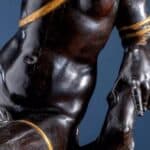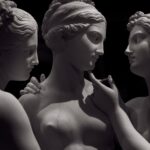Poverty and Nobility
The exhibition “Miseria&Nobiltà. Giacomo Ceruti in eighteenth-century Europe”.
The review opens the series of exhibition events promoted by the Brescia Museums Foundation and the Municipality of Brescia, on the occasion of the year that sees the city, together with Bergamo, the Italian Capital of Culture.
As the curators Roberta D’Adda, Francesco Frangi and Alessandro Morandotti explain, the exhibition is a continuation of the studies of Giacomo Ceruti, known as il Pitocchetto, a figure who remained almost in the shadows until the 1920s.
Although he had been one of the most active and interesting artists on the Lombardy-Veneto scene until the 1760s, in fact, his name is only mentioned in passing in subsequent guides.
The rediscovery of Ceruti and the start of studies on his art had as their beginning the Florentine exhibition “Italian painting of the seventeenth and eighteenth centuries”, held in 1922, an occasion in which the famous Washerwoman was presented with the correct attribution indication and which so interested Roberto Longhi. In fact, he underlined its “stupendously village and ancient character” and also thanks to this work he managed to prepare Ceruti’s catalogue, including works of the caliber of the Young Man with Fan from the Carrara Academy in Bergamo, where until then preserved as a work by Pietro Longhi.
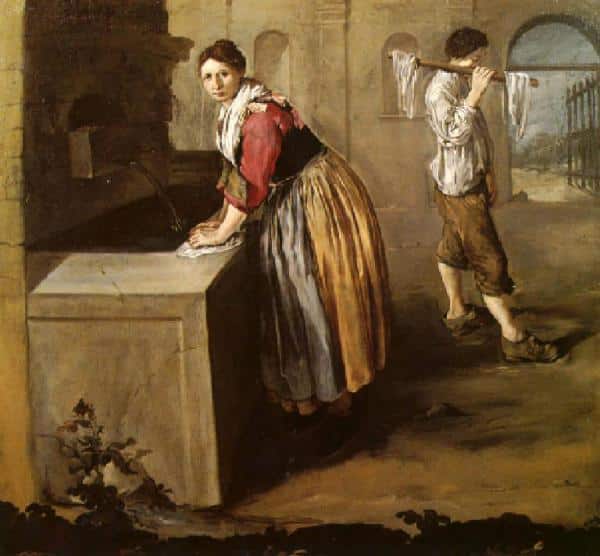
The juxtaposition between this painting and a pair of works by Longhi is interesting, as proof of the immediacy and introspection with which the red-haired girl is rendered, which cannot be found in the name of Longhi, author of scenes small-format genres characterized by an ironic rendering of society, not without a vein of gossip.
These works welcome the visitor in the first section of the exhibition, dedicated to the twentieth-century rediscovery of ours, anticipating the common thread that characterizes the exhibition itinerary.
Developed in seven sections, the visitor is accompanied on a journey which, while respecting the chronological order and therefore the natural evolution of Ceruti’s painting, also focuses on very specific themes and episodes, in order to succeed as much as possible in unraveling the skein of a complex artist.
Precisely for this reason, alongside the works of the artist to whom the exhibition is dedicated, there are also paintings by various artists, the comparison with which is interesting to show and understand the linguistic and cultural background, but also the influences that Ceruti he underwent and still how he developed, compared to others, the trend of portraiture and the genre scene. So then, alongside the aforementioned Longhi, there are also paintings by Giovan Battista Moroni and Frà Galgario (born Vittore Ghislandi), whose works Ceruti must have known and been influenced by.
In this regard, the comparisons proposed in the second section are interesting, dedicated to the examples of youthful portraiture, a genre in which Ceruti appears very skilled from the beginning and which he favored in the phase of the host city of the exhibition (about 1721-1733). Active for the nobility of the province of Brescia and, in particular of Valle Camonica, where he also worked for the upper middle class and the clergy, he reveals that he looks to Ghislandi, in particular to the Portrait of Giovanni Avogadro, whose colors show a knowledge of the palette of Bergamo friar.
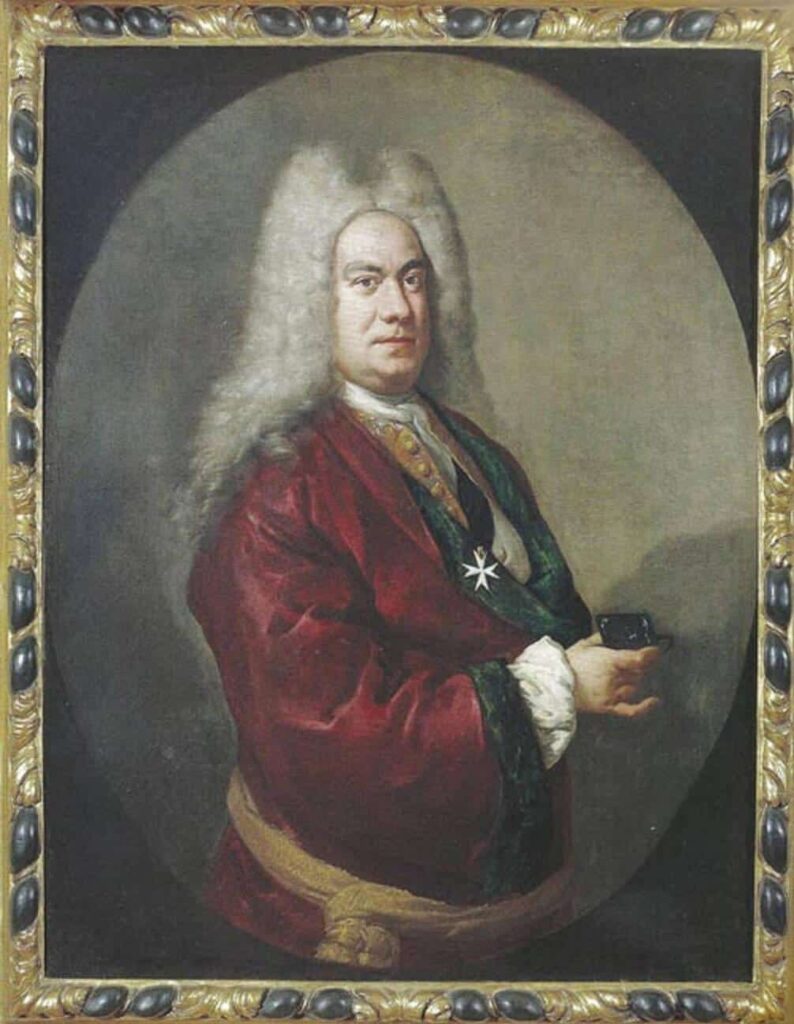
The exhibition itinerary proceeds with an explicit focus on the scenes of popular life, focusing in particular on the precedents that act as a linguistic background for our and his contemporaries with whom he has to deal.
If the popular theme had found success starting from Caravaggio, from which a real and proper trend had derived which by now presented an almost stereotyped repertoire, the ability of Ceruti and other contemporary artists is to take up these themes sweetened by a vision almost caricatured and grotesque, to bring the common people, but also the marginalized, to a real, crude description, but which at the same time gives them a new dignity, through a supportive and derisive reading. Of clear Moronian derivation is the attention to psychological introspection, which Ceruti adapted to the description of even the lowest social classes. The final effect is surprising: the artist represents not types and masks, but real characters, invested with their own dignity.
The fourth section of the exhibition is entirely dedicated to the exceptional Padernello Cycle, from the name of the locality where, in 1931, thirteen canvases with beggars and “rustic scenes” were found, together with a fourteenth still by the same property, but at the time preserved in Brescia. In the exhibition site of Santa Giulia eleven works have been brought together, for which the commission is still undefined, which could provide fundamental information regarding the understanding of the exact meaning of the representations.
The contrast between the raw naturalism of the works in the cycle and the works presented in the next section, belonging to the Venetian sojourn, is interesting. Here, and especially in the lagoon city, Ceruti was inevitably affected by the cultural and figurative climate, manifesting in his works more sophisticated choices compared to the bare settings of the Brescian period and the use of a more lively colourism. The theme of the poor and beggars was invested with a new elegant and almost philosophical atmosphere and he began to tackle hitherto unheard of themes for him, such as landscapes and still lifes created for Johann Matthias von der Shulenburg, a German man-at-arms who lived in Venice and who commissioned numerous works from the artist.
During the Venetian period, Ceruti was also very prolific in the sacred vein, for the Paduan altars. Even in this production, what can be defined as his second manner appears to be consolidated by now, having now fully incorporated the Venetian suggestions.
The excursus on Pitocchetto continues with a focus on the works of the most advanced stage of his career, in particular on portraiture. The return to Lombardy allowed him to establish himself as one of the most sought-after portrait painters by the Milanese nobility, thanks to the inherent peculiarity of his work by now imbued with the strong influence of the Venetian, mediated by the international models with which he necessarily had to deal.
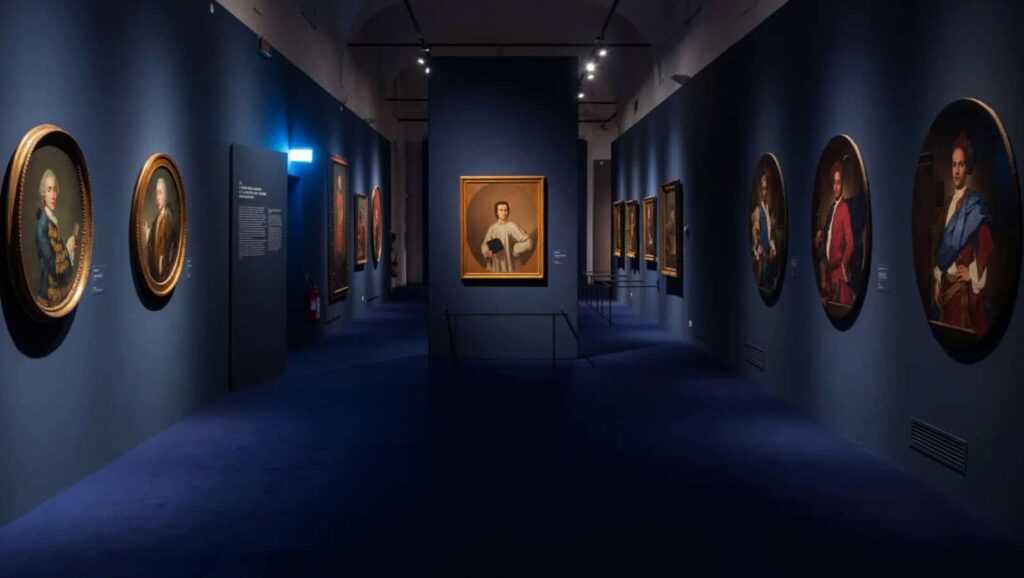
The exhibition closes with the production of recent years, showing the natural evolution of genre scenes, but also the new subjects he tackled in his mature years. It is clear how the typical naturalism of the first phase of his career has now been tempered by new experiences, creating works permeated by greater lightness and elegance. A clear example of this is the Encounter at the well (not present in the exhibition), where the narration no longer turns to the representation of the latter as bearers of their dignity, but to a full-fledged love scene. But even more interesting is how, as well as from a linguistic point of view, Ceruti completely abandons the representation of the lower and marginalized working class.
The pitocchi that earned him the nickname by which he is still known today disappear from his canvases, showing an artist who follows the figurative fashion of those years.
The exhibition is therefore proposed as a real excursus on Ceruti’s pictorial production, in the city with which he himself established an indissoluble bond, managing to unravel the skein of an increasingly appreciated and recognized painter a little more.
Per una breve biografia dell’artista, vedi:




